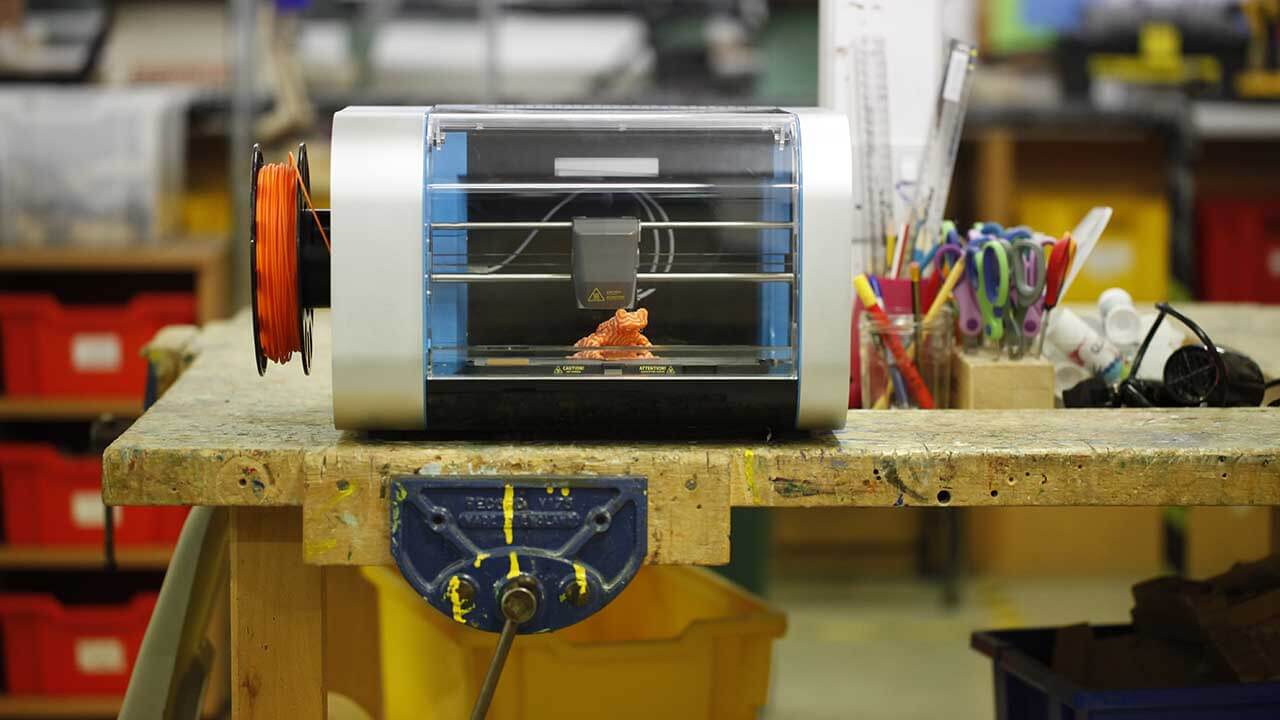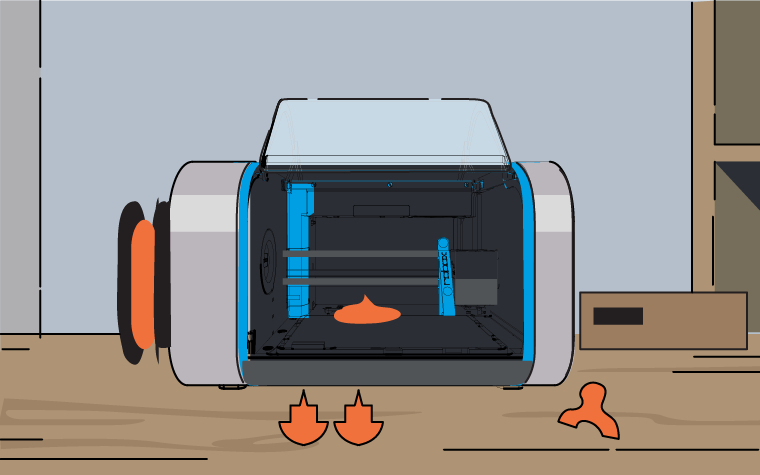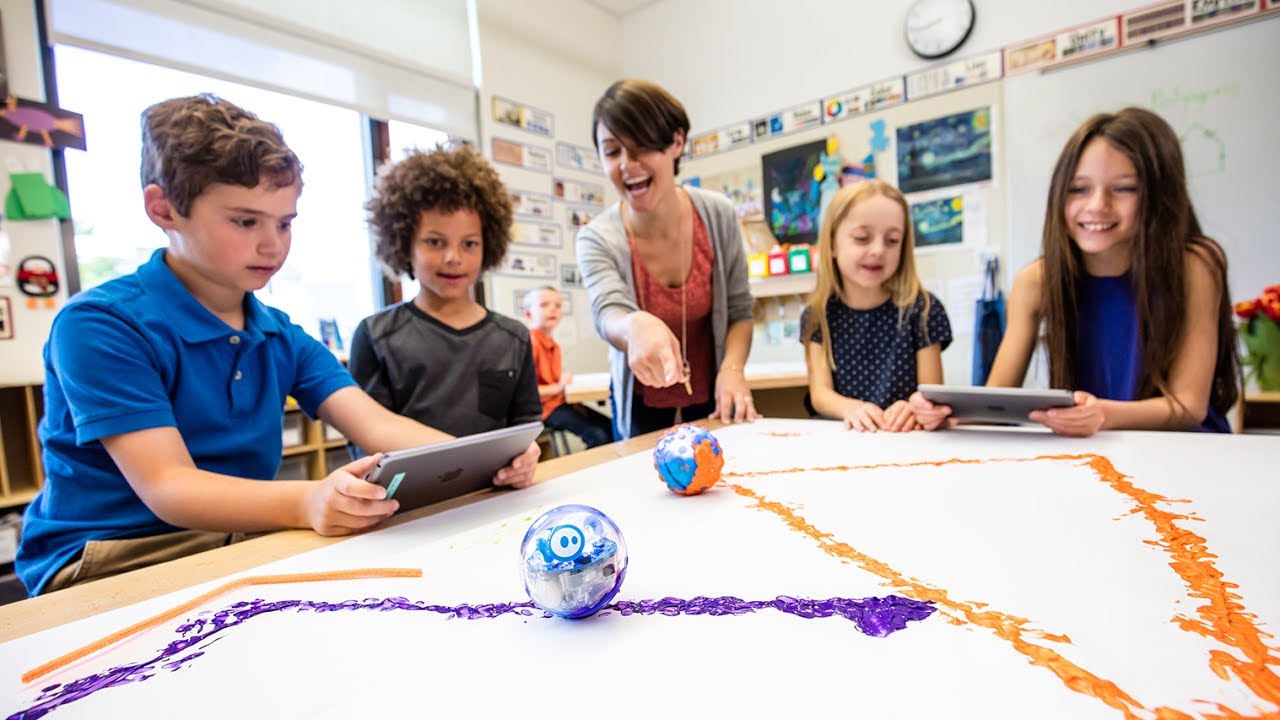A new dawn for 3D printing in schools?
In our latest blog we take a look at the difference that 3D printing in schools can make and the key considerations that need to be kept in mind. Find out more.

3D printing (also known as additive manufacturing) may finally be moving into the mainstream, as increasing numbers of manufacturers turn to the technology to make much-needed PPE in the wake of the current COVID-19 crisis.
Previously, the technology (which uses a filament extrusion system in order to layer plastic or metals in a controlled way) is something that has mainly been used with industries such as aerospace and engineering. However, the technology has steadily become more commercialised and is popular amongst hobbyists who enjoy making machine components or small plastic objects, which is helping to pave the way for more widespread use in schools.
In our latest blog, we take a look at the difference that 3D printing in schools can make and the key considerations that need to be kept in mind.
Inspiring the next generation
3D printing can help to inspire the next generation of engineers in a number of ways. For example, it will help to develop pupils’ knowledge and understanding of new technologies, and allow them to consider future career options that they may not have considered before.
It can also help design and technology teachers to bring their subject to life in a new and imaginative way, by enabling pupils to develop their own creativity by designing, prototyping and optimising their own unique designs. In addition, subjects including geography and art can also benefit from the use of 3D printing in lessons too, as it allows complex theories to be simplified.
In 2018, a team of researchers from Macquarie University in Australia conducted a one-year study into the benefits of 3D printing in schools by observing 500 students. They found that:
- 71% showed a definite interest in creativity
- 94% said they wanted to continue 3D designing after school (either for a future career or for entertainment)
Safety first
As with the introduction of any new technology within the classroom, safety comes first. The Health and Safety Executive (HSE) formed a working group in order to identify the risks and guide for the safe use of 3D printers in schools, and in 2019 produced a 70 page report that illustrated these guidelines in more detail.
The key requirements for schools include:
- Conducting a risk assessment
- Ensuring that the 3D printer and any associated materials carry the CE mark
- Ensuring that the room in which the printer is located is well ventilated, in order to protect users from emissions.
While many questions remain regarding the long-term impact that the COVID-19 crisis will have on schools, at Utility Rentals we want to reassure our customers that we will still be here to support you.
To find out more about how we can work with your school during the current social distancing measures, please contact our team.
Tags
Similar Articles
Three 3D printer projects for schools
Do you want to invest in a 3D printer for your school but need some inspiration about how to use…
5 pieces of kit for a 21st century school
In our latest blog, we take a look at the 5 pieces of kit for a 21st-century school, to help you decide how you can enhance your classrooms in an affordable way.



